Alcohol History Links Feb 3 - 10 |
| Mash length: 2 h Boil time: 0 h Final volume: 19l (~5 gal) OG: 12 P FG: 1.3 P ABV: 5.7% Malt: 4.5 kg Pale Malt Hops: 84 g Fuggles @ 120 min Other: 1 bag full of Juniper / Pine branches Yeast: Belgian Saison Blend from White Labs Notes:
|
Alcohol History Links September 9 - 16
Malting History
"The ancient and traditional way of harvesting grain by hand was extremely hard work, it was a time when the whole community worked together to bring the harvest home. On Orkney, where I live, grain was harvested by hand and stacked in stooks in the field until as recently as the 1950s."
Willkommen in Cincinnati
"American craft beer is great, but it has really big shoes to fill. Rhinegeist is pretty large as far as craft breweries go, producing about 30k barrels when I visited but on the cusp of an impressive expansion. Yet despite being a major regional player on the craft scene today, they still struggle to fill the space of one single part of the brewing complex of a major regional player a hundred years ago. Craft beer today is re-inventing, not creating, the local focus and diversity that once characterized American beer."
Lentil Beer Round 2
Budweiser Powerhouse
"1970s beer books, written at the dawn of the craft revival, are respectful and sometimes admiring of its [Anheuser-Busch] beers even as they were then."
Scottish Beer History Podcast
Kupiškio
"Vidmantas explained that this was a WW I army ammunition store, built into the ground to minimize the damage from any explosions. That's perfect for a brewery, because it provides partly natural cooling for the maturation room. The actual brewkit is in the same building as the shop, but the fermenters, maturation tanks, and bottling plant are in the bunker. It's very clearly a modern brewery, and the batch size is the same as at Davra, 2000 liters."
Burnt Cheese in Archaeology
Beer beginnings in Indianapolis
"The first brewery in the city of Indianapolis came in 1834 with the opening of Wernweg & Young. Wernweg & Young, sometimes called “The Indianapolis Brewery”, was established in 1834 at Maryland and West Streets. Partners William Wernweg and John L. Young set the footprint for Indianapolis’ brewing story. The National Road, a.k.a. Washington Street or U.S. 40, was and is the spur toward the current craft brewery boon around Greater Indianapolis. Modern day breweries cluster along and nearby Washington Street."
An interview with Brian Alberts
Brian Alberts is the creative mind behind Brewed Culture, a blog which aims to place beer within its context. He is currently working on his PhD in 19th century brewing in America at Purdue University. I stumbled across his blog awhile back and immediately bookmarked the site. This is a person I wish I could sit down and have a pint with.
So for now, via the power of the internet, I had a brief online conversation to get to know Brian a little bit better
Have a favorite beer at the moment?
Beer style?
But I’m also hoping to attend Cincinnati’s “Oktoberfest Zinzinnati” this year, the largest Oktoberfest celebration in the United States, so I’ll make sure to keep an open mind.
What got you interested in Beer history?

Make no mistake, this is very much a “Danger, Will Robinson!” kind of approach. Just because you like something doesn’t mean it’s a significant or lucrative topic of historical inquiry. But I explored it in consultation with my advisor and discovered that beer could really be a gateway into better understanding very significant facets of the antebellum United States. Facets like capitalism and the market revolution, reform movements, and German immigration and ethnicity. What’s more, the U.S. between 1840 and 1873 saw a dramatic expansion of its brewing industry that in some ways resembles the American craft beer explosion we’ve been witnessing since the early 80s or so.
I’m not at the stage yet where I can draw definite lines between the two eras, but the correlation is difficult to ignore. And on top of it all, I’ve seen lots of space in the literature for further study on the pre-1870s American brewing industry. And when you see a lot happening in a historical era and not enough being written about it, that’s a dissertation.
What is your dissertation about, And how do you perform research?
Beer is connected to all of these issues. Lager beer and its German immigrant brewers helped transform and expand the industry from the late 1840s onward despite a changing economic landscape. They faced periodic resistance from nativist and temperance groups opposed to both their products and their presence. Yet by 1873 the U.S. contained ten times as many breweries as had existed in 1850. A German-American-dominated brewing industry was flourishing, had a working relationship with the federal government, and stood poised to embrace the economic, technological, and organizational developments of the Gilded Age. My dissertation examines this process by looking at two Midwestern cities—Chicago and Cincinnati—as sites which combined proportionally high German populations, large concentrations of breweries, and urbanization patterns tightly connected to the market revolution.
I perform research like many historians do. I look at old paper. For me it’s government records, newspapers, pamphlets (especially temperance pamphlets—if you want to learn about something, find the people who hate it and they’ll go on for days), trade journals, Civil War court martial proceedings, records of beer-related organizations like the United States Brewers Association, things like that. A particularly fun source is a massive book titled One Hundred Years of Brewing, published in 1903 or so by a trade magazine called The Western Brewer. It describes the development of American beer in exhausting detail and is unique in that many of the historical sources its authors used no longer exist today. Read any book on 19th century brewing and you’ll probably see it cited, though I’m of course supplementing it with a number of other source bases.
What is a typical day for you?
Are there any general misconceptions about the history of alcohol within the US?

But that idea still crops up in relation to beer. I used to mention to people that the U.S. had more breweries in 1873 than they did now (that’s no longer true as of November 2015, but it once was). They’d respond with some comment about how breweries then would have been tiny and with little reach.
Well sure, but the vast majority of breweries today are tiny and serve a local community too! Roughly 75% of American breweries today produce less than 5,000 barrels according to the Brewers Association. That’s well over 3,000 breweries. Add them all together and they’ll produce less than a single MillerCoors brewing complex!
My professional goal for the moment is not so much to clear up individual misconceptions about beer history in the U.S., but rather to establish how critical beer history is in understanding its present identity. That the craft beer revolution, while distinct, is not completely without precedent. That even modern-day giants like Anheuser-Busch-Inbev stand on the shoulders of those who came before them.
Whose research do you think doesn't get enough recognition?
What deserves more recognition are these intimate connections between beer and broader society. My point isn’t that no such studies exist (take Sharon Salinger’s Taverns and Drinking in Early America, for example) but rather that rising interest in craft beer ought to contain a rising interest in the context and implications of that beer. Several popular histories of the craft beer movement already exist, but audiences and scholars alike should demand closer, deeper studies as we move forward.
That said, exciting new research is already appearing. I can’t wait to get my hands on Peter Kopp’s recently released Hoptopia: A World of Agriculture and Beer in Oregon's Willamette Valley (U. of California Press). Also watch out for a forthcoming edited volume called Untapped: Exploring the Cultural Dimensions of Craft Beer, scheduled for release March 2017 by the West Virginia University Press. Untapped will combine 12 essays from multiple disciplines and looks very promising.
Where do you see the research going in the next few years?

It’s possible that the American Brewing History Initiative, with its focus on craft beer, will treat the movement as a watershed which is changing everything we thought we knew about American beer. They might focus on everything from the 1960s onward and its contributions to later craft beer, and ignore everything before. Alternatively, they could view craft beer as a product of longstanding trajectories and momentum and actively seek out the historical context which steered not only the diversification of late 20th and 21stcentury beer, but also the incredible consolidation that craft beer reacted to. I bet you can tell which of those I’m hoping for, but whichever paradigm the Smithsonian chooses will have a significant impact on public interest, available resources, and the terms of scholarly discussion.
Is there anything people should be more involved with / discussing at the moment?
Regardless of anyone’s present opinion of Anheuser-Busch, Miller, Pabst, etc, their historical significance for American beer is indisputable. But even they rest upon a historical foundation of intense economic competition, diversity, and controversy which defined the brewing industry before their rise. It’s easy to look at American beer pre-craft and see nothing but bland homogeneity. But, honestly, I see the intensely consolidated beer markets of, say, the 1950s, as the exception rather than the rule. Craft is continuing, not inventing, a tradition of diversity and local influence in American beer and calibrating it to fit a 21st century economic climate. It’s something to celebrate, and also something to put into its rightful context.
Cheers to that.
Alcohol History Links September 2 - 9
Jugs & Mugs
“Despite these challenges, the identification of objects is an extremely important part of the project. The artefacts used to produce, traffic, store, and consume intoxicants were as carefully chosen as the substances themselves, so it’s only be documenting these objects, and the locations in which they were found, that it’s possible to fully understand and appreciate the role of alcohol, tobacco, tea, and coffee in early modern society.”
Clarity in early American Beer
Kveik
Some more fun with Scottish Brewing
regrowing seeds
Hop beer in Alberta
“Noel’s Brewery, located in the river valley and operated by Joseph Noel and partner Narcisse St Goddart, produced “hop beer.” This four per cent brew was not aged but simply cleared of sediments and sold directly after the batch was made. There was also Malcom McKenzie, who owned McKenzie House, later the Windsor Hotel, and had a large brewery in the 1880s. In 1883, Joe Hall had established a brewery in the riverbottom.”
Domesticating yeast
On Beer Books
Before beer was a thought
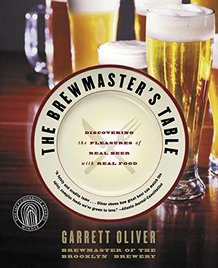
That father’s day, I coincidentally bought my dad The Brewmaster's Table by none other than Garret Oliver. At the time my dad was getting into craft beer, but I was still under age and refrained from drinking. I wanted to wait til I was 21 to have my first proper pint, but that didn't happen (college and all). Flash forward a year or two, and I read that book out of curiosity during one summer. There in the book was the first description of beer history I ever read and laid the foundation of my love for beer.
Before the obsession
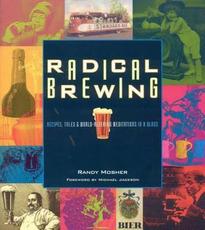
Given how much I read How To Brew by John Palmer and Brewing Better Beer by Gordon Strong, I feel like they deserve an honorable mention. Yet it was Randy Mosher’s Radical Brewing with its different recipes from history that moved my interests forward. This book showed me that beers from the past were drinkable, interesting, and could be used as inspiration for today. This then lead me to wonder how beer fits in culturally, at what time these beers were developed, and the ultimate question, how did brewing begin?
Wanting to know more about beer history, I ordered a copy of Beer in the Middle Ages and the Renaissance by Richard Unger. I need to order a new copy since mine is essentially in ruins. I cannot recommend this book enough, and I frequently reread it to pick up information. Reading up on Richard Unger (and others like him), and how it was professionally possible to pursue the history of beer in academia - coupled with my dissatisfaction in marine biology - was the final straw in attending graduate school to research into beer archaeology.
Durham University
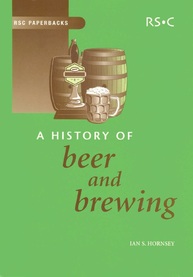
So, as it happens, one of my good friends was attending Durham University for his Ph.D. Given his recommendation, I decided to give it a shot. I somehow got in and ‘moved across the pond’ as they say. The library here was phenomenal, and I was able to find books I couldn’t find before, the dissertation by none other than Merryn Dineley, and books I had no idea existed. Out of all of the books, I used A History of Beer and Brewing by Ian Hornsey. This book was a treasure trove of information, and I always used it as a starting point to begin research. I need to get myself a copy, as it is a great book.
The Move

During my time at Durham, I bought two books which I thought were fantastic: Boak and Bailey’s Brew Britannia, and Pete Brown’s Shakespeare’s Local. I was about halfway through these books, but as the story goes, I met Her (at a pub no less), fell in love, and decided to move to Berlin after we graduated.
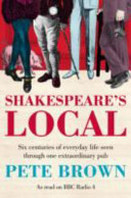
Now, I only had a backpack with me (and her suitcase thankfully enough) to move everything I had over to Germany (with one quick stop off to Switzerland). I, unfortunately, had to throw away Pete Brown and Boak and Bailey’s books. They both are excellent books, and I would recommend them to anyone, but I had to bring the essentials, and we quickly ran out of luggage space. I wish instead I could write about books I could've kept, but that’s just not how it happened. Now that I am back on my feet with a bit of permanency, I am slowly building up my own brewing library.
Ich bin ein Berliner

That is why I think for this point of time in my life, I would recommend (if you speak German) Das Bier: Eine Geschichte von Hopfen und Malz, by Dr. Franz Meußdoerffer and Dr. Martin Zarnkow. Bear in mind, though, that I speak/read at a child’s level of German, and so reading this book is slow. But because I had had the pleasure of meeting Dr. Martin Zarnkow, I trust that it will be an interesting take on the history of beer. By the end of it, hopefully, in addition to some beer facts, I’ll improve my German some as well.
There are plenty of books I am skipping over. One on the history of countryside brewing in England, fermented beverages in the Sudan, the cultural role of consumption, etc etc. But these were the books that guided me onto my current career path and of brewing obsession. In the end, I just hope this month’s session inspires more reading, more learning, and more writing!
Jordan Rex
Beer archaeologist
From California, migrated to the UK to study, drank in Berlin, now settled in Switzerland
@timelytipple
instagram.com/timelytipple/
Untappd: Tikiwartooth
Archives
November 2017
October 2017
September 2017
August 2017
July 2017
June 2017
May 2017
April 2017
March 2017
February 2017
January 2017
December 2016
November 2016
October 2016
September 2016
August 2016
July 2016
June 2016
Categories
All
About Me
American Beer History
Beer Links
Book Review
Brewing Archaeology
Egyptian Beer
Experimental Brewing
Greco Roman Brewing
Gruit
Interview
Medieval Europe
Nordic Farmhouse
Observations
Poland
Raw Ale
Rye Beer
The Session


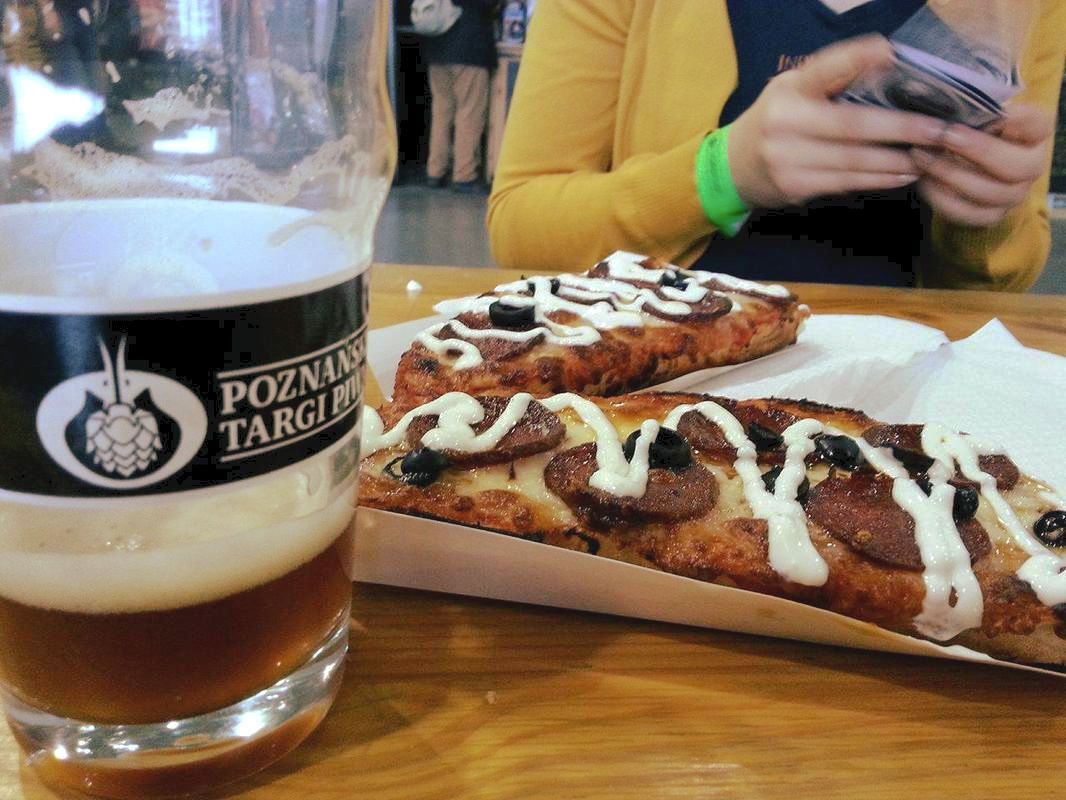

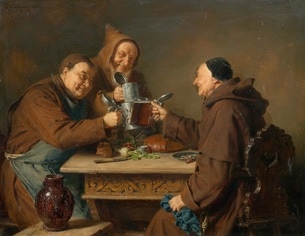
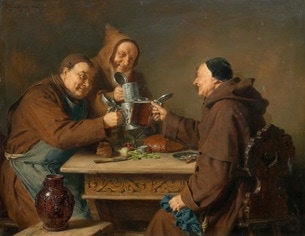

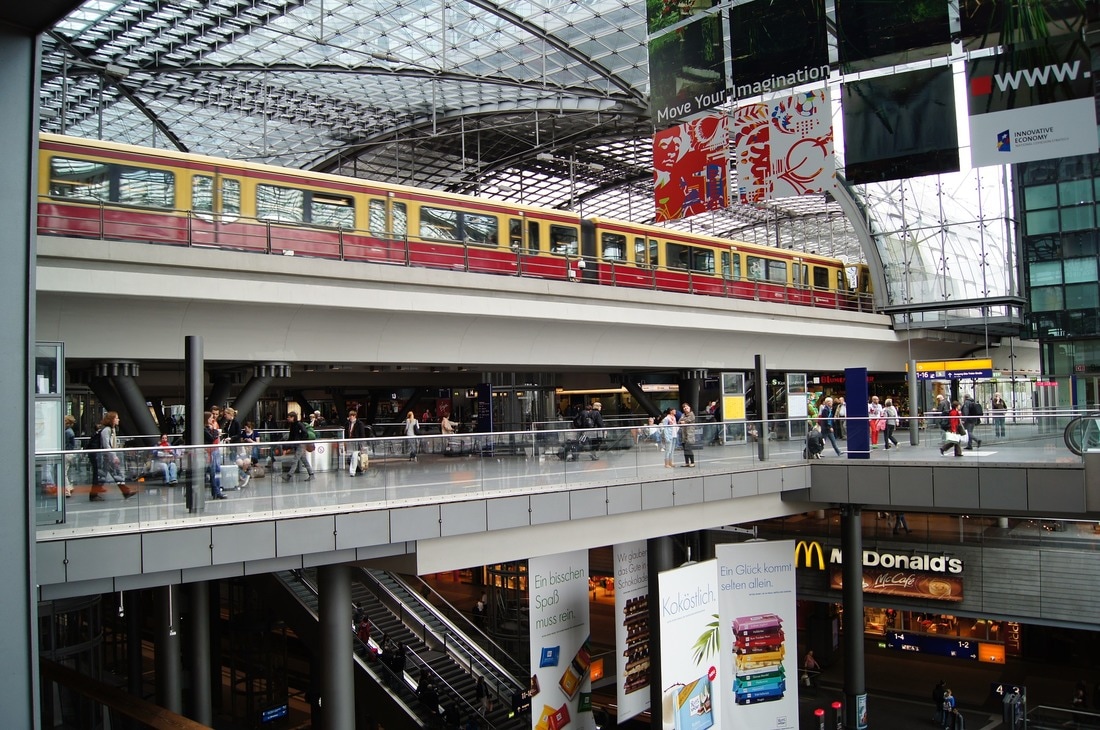

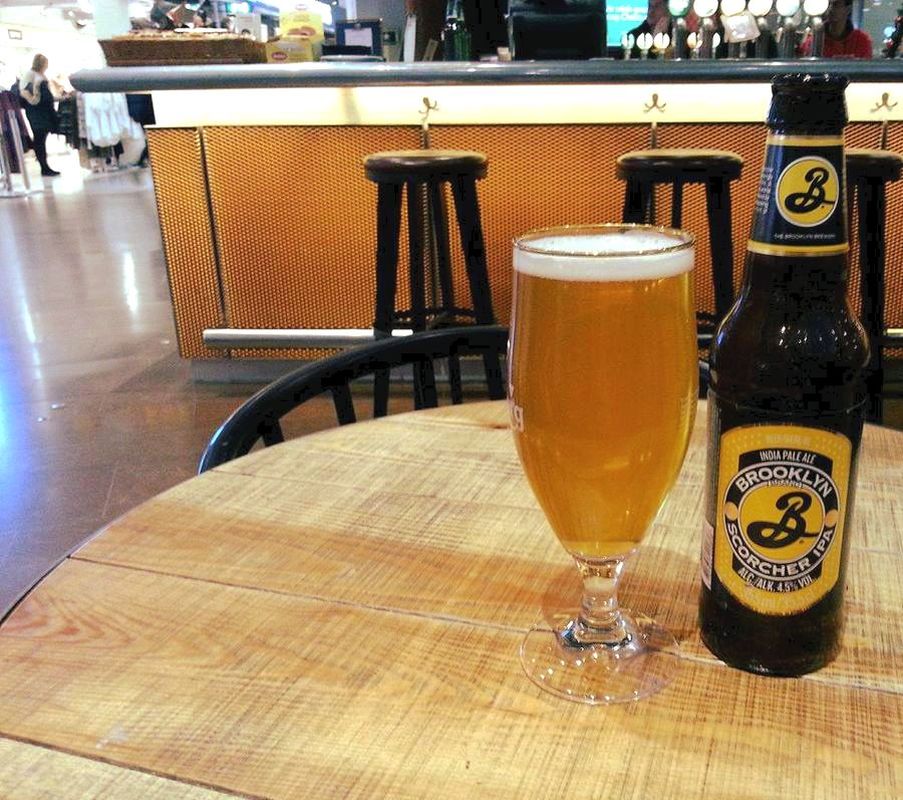


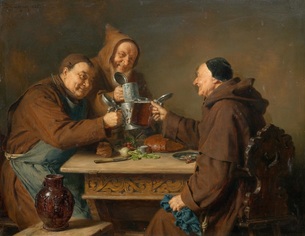

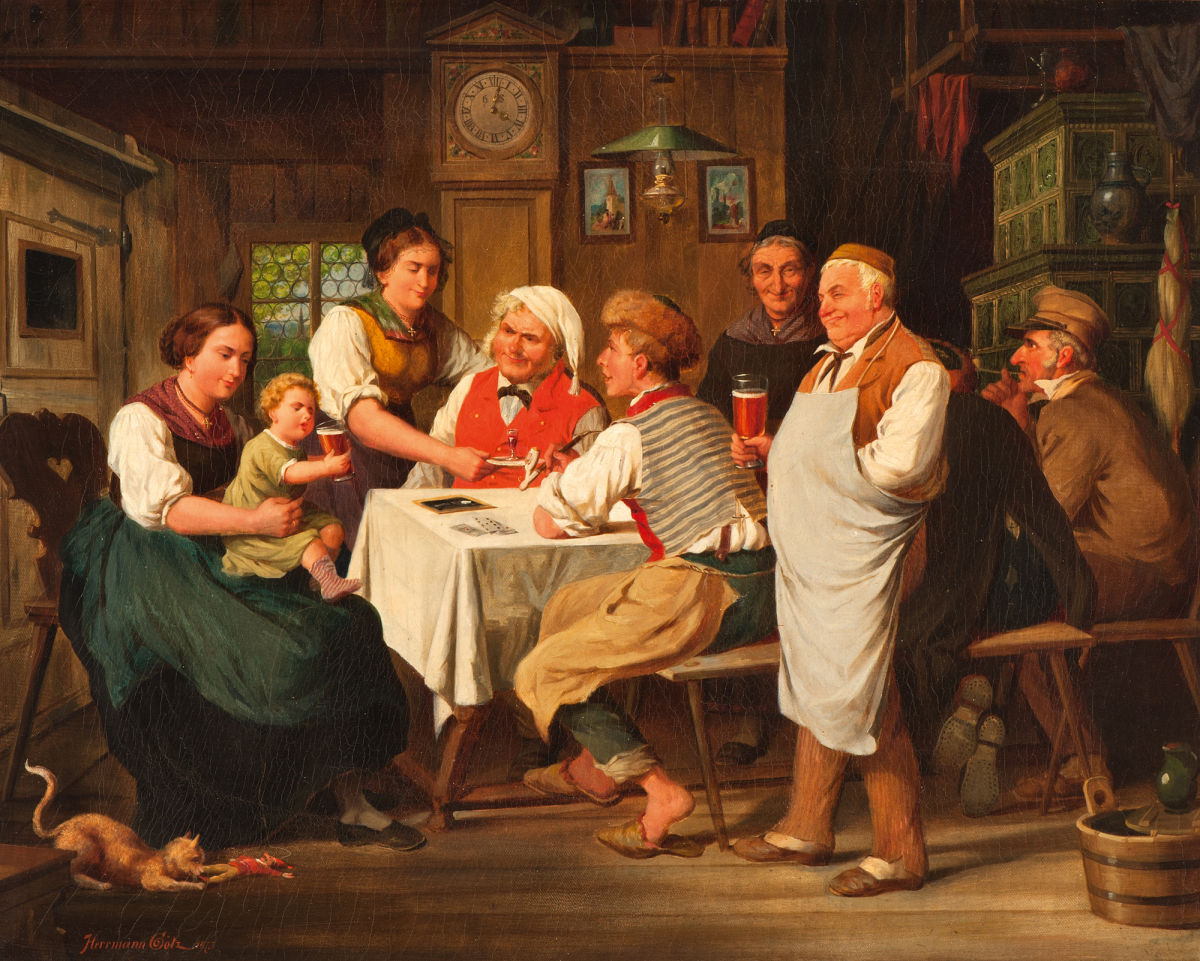

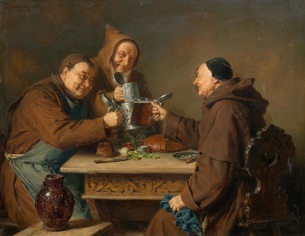
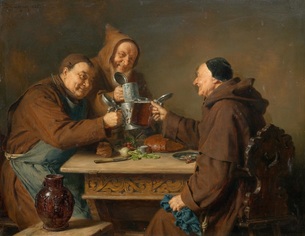

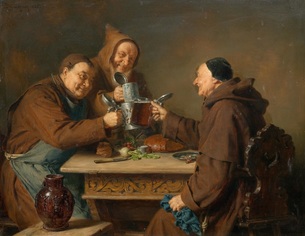
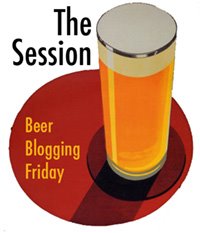




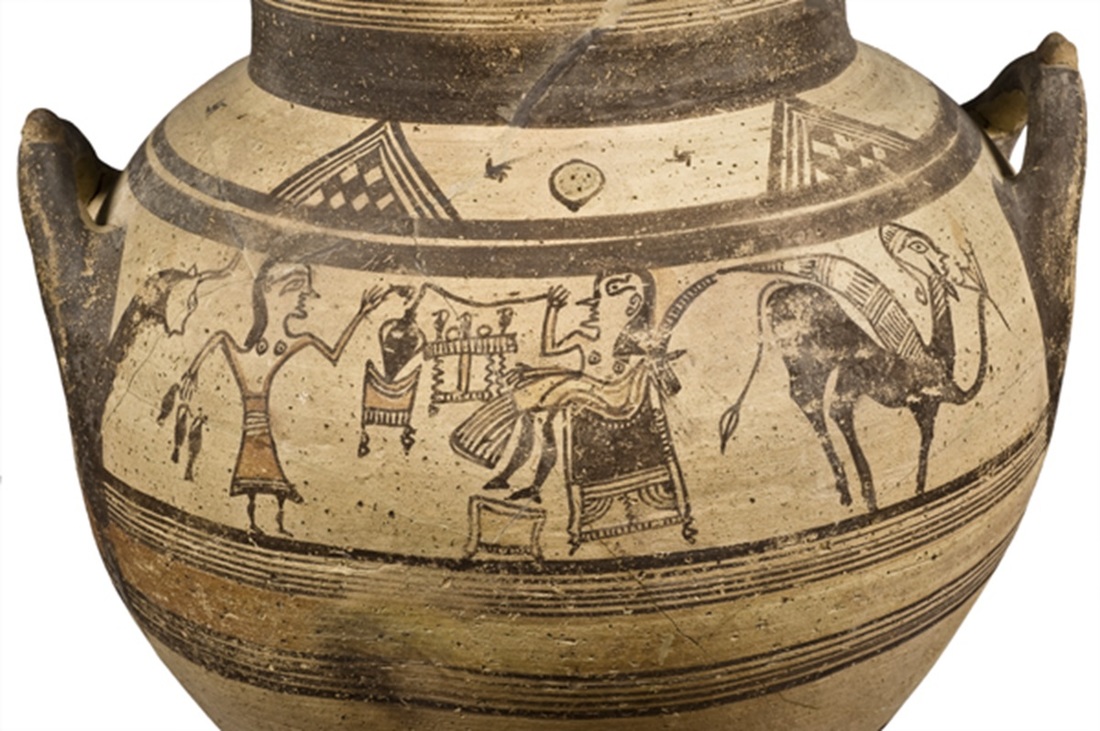


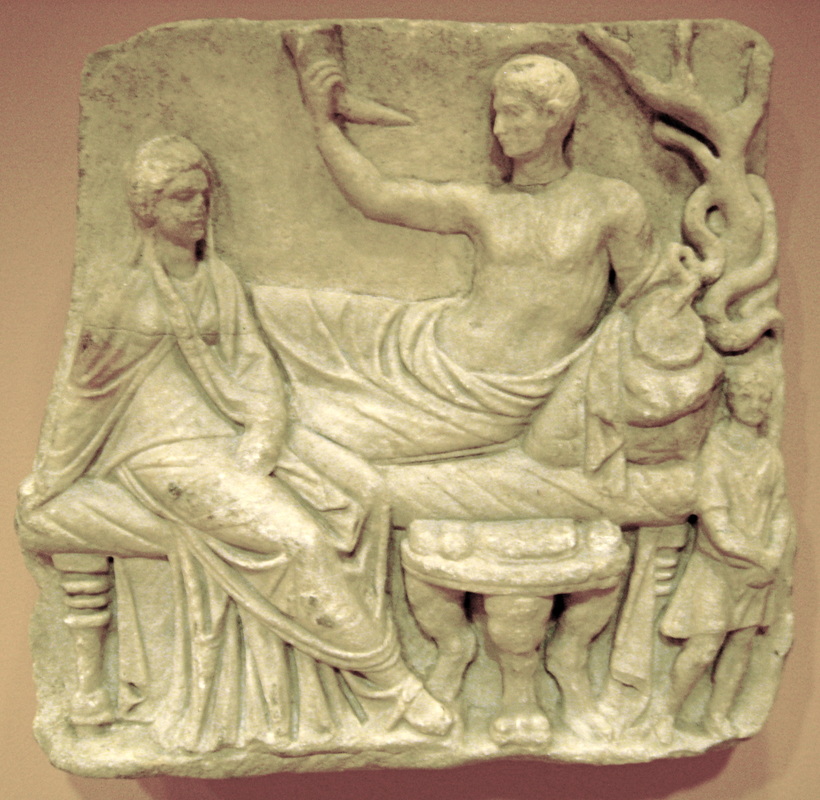
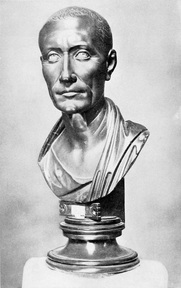




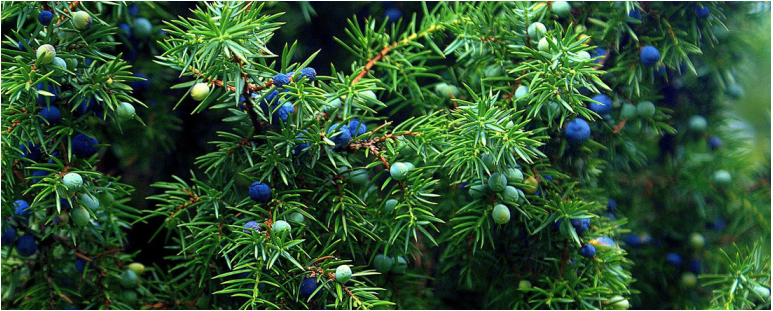
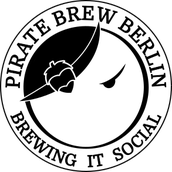

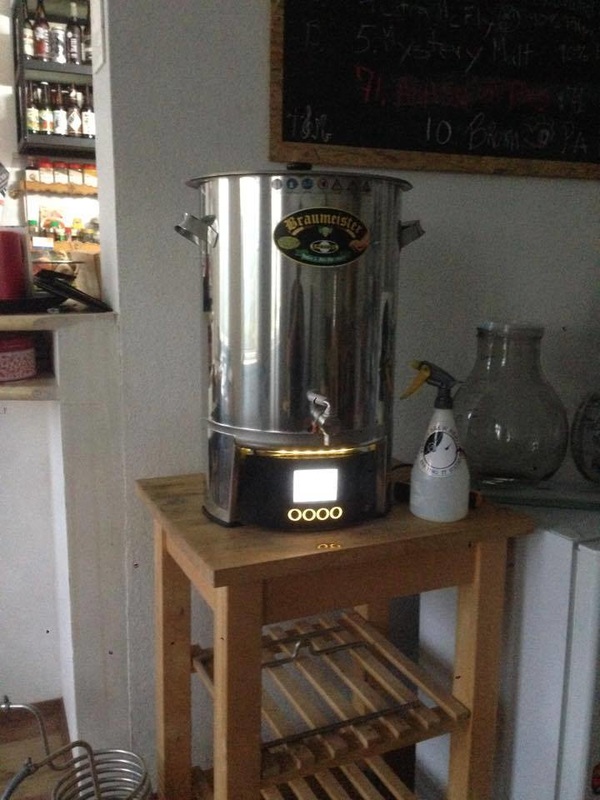


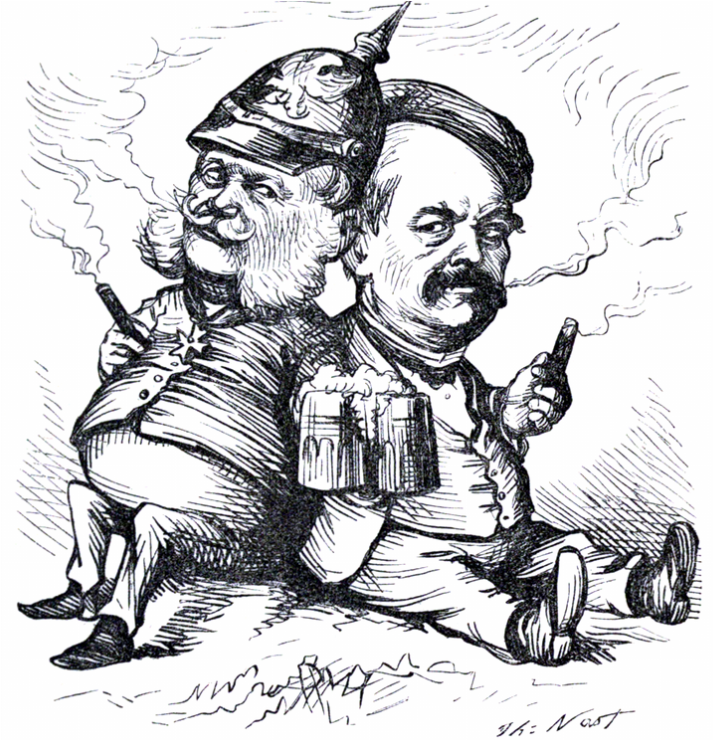

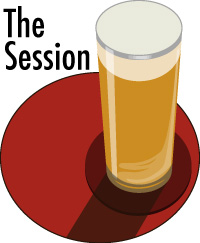
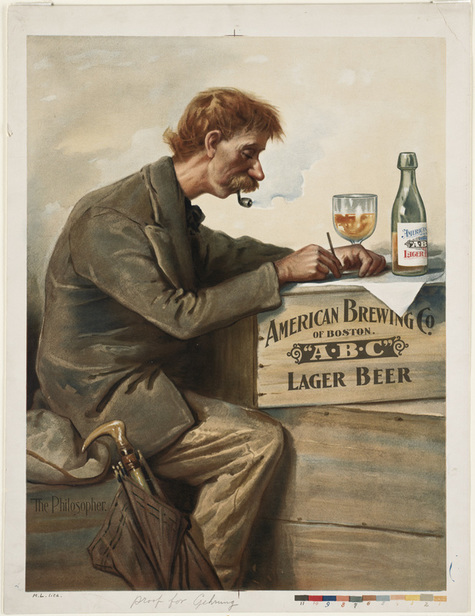
 RSS Feed
RSS Feed
